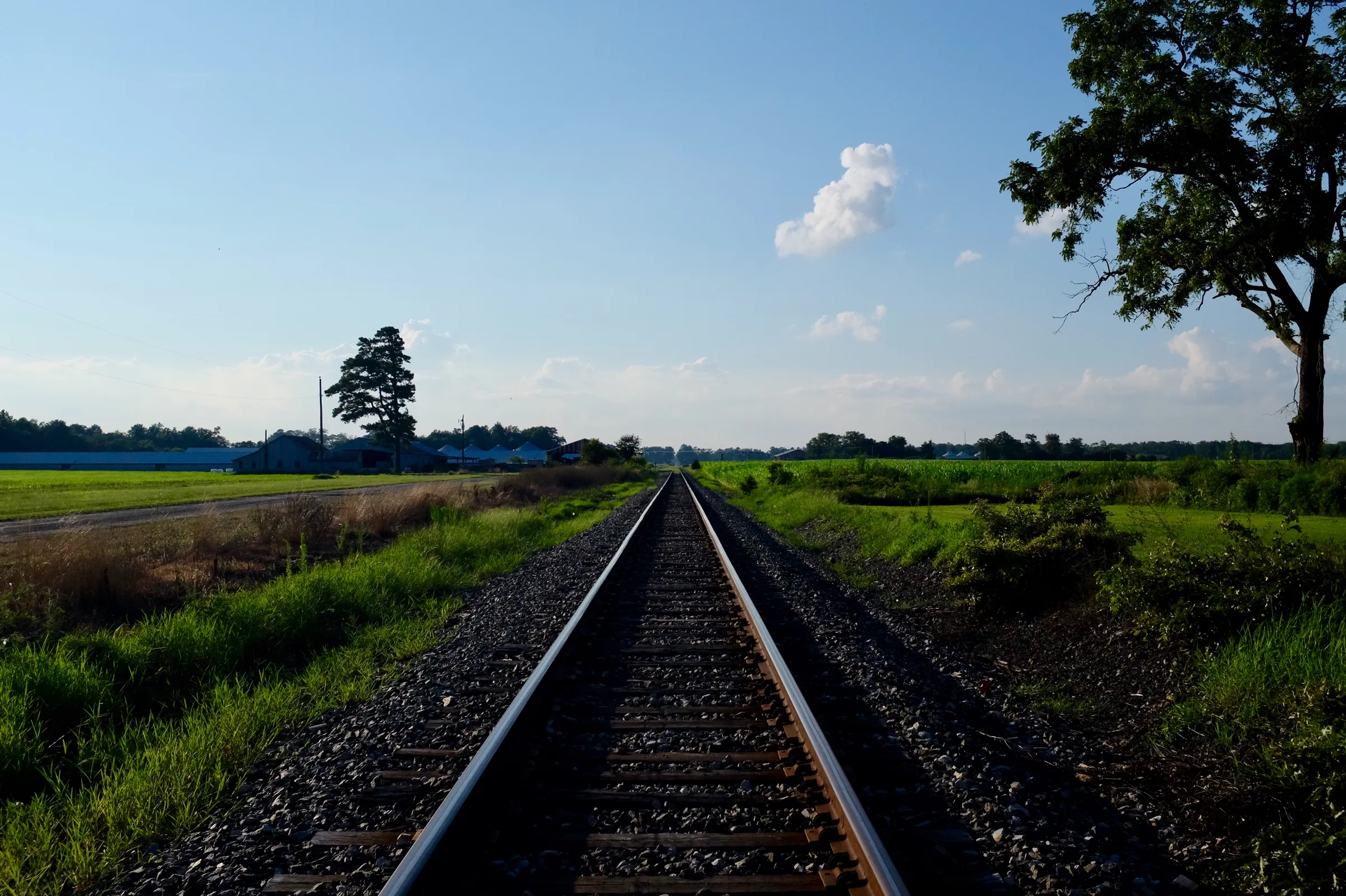0005 Tracks
There is a small train station in Wilmington, Delaware a few blocks away from a community college and a few more from the city's regularly redeveloped waterfront.
The station, a Frank Furness designed, brick and terra cotta building that was completed in 1908, was restored in 2011 and renamed for the then vice president. A man who was well-known, at least locally, for departing on the southbound Acela service every morning and returning home each night.
That train station and the tracks that run through it have played an unexpectedly outsized role in my life. Most often, Wilmington served as the southern terminus of my regular Amtrak trips from New York City.
Visiting family in Delaware meant waiting in Penn Station's crowded concourse, watching the clock, listening for departure announcements, and then descending down the escalator to the tracks.
Returning home meant waiting in a smaller concourse, watching the clock, listening for departure announcements, and then ascending up the escalator to the tracks.
An email search reveals that, during my seven year residency in the city, I made that trip more than 50 times.
The train tickets themselves are a throwback to a simpler world, mostly before ubiquitous computer phones. The earlier trips all depended upon physical paper tickets. Many printed at the FedEx-Kinkos on 80th and Broadway. Some printed on the 15th floor of the an H-shaped financial district skyscraper. Some printed in a harshly lit basement cubicle in Morningside Heights. Some printed on the 5th floor of a SoHo office building, originally built for John Jacob Astor. Some printed in a very forgettable 7th Ave tower with oddly ornate elevators.
Those tickets were such a corporeal piece of my life that I still occasionally find a paperback Vonnegut novel, pages yellowing, holding on to a makeshift bookmark that reads New York, NY - Penn Station to Wilmington, DE.
The tracks that carry those trains to Wilmington press farther south, arriving later in Washington D.C. and Baltimore. They run through the university town where I spent four years in the early 2000s. And one of their arteries branches farther down the state until it passes my parents' hundred-year-old farm house so closely that the vibrations from the track gently rattle the decorative, wrought iron window on the opposite wall.
Those passing freight trains were an ever-present part of my childhood. Their horns announcing themselves several times each day of my early life. I have crossed those tracks on foot, scooter, bicycle, or car, conservatively, thousands of times. I can feel their smooth, rounded steel under my sneaker.
Those tracks that, decades before I knew them, had once carried passenger rail service rather than coal and stone. The nearby town's train station (now a museum) functioned as a hub, allowing riders to head further east toward the beach or continue south, down the peninsula, toward a little sliver of Virginia.
And some of those passengers, surely, were headed north, toward Wilmington. Toward New York City. Passengers who might have seen an earlier version of my second-floor bedroom window as they rolled through southern Delaware.
A bedroom that I left to go north, toward Wilmington. Toward New York City. The bedroom that I can still find by following a particular set of train tracks.
